10 Impressive Fossils Discovered in 2022

Fossils are preserved remains of living beings that inhabited the earth thousands of years ago. Contrary to what one might think, dinosaurs aren’t the only ones that leave this type of remains. With the right environment and conditions, it’s possible to preserve almost any type of animal or plant in the form of fossil remains. Read on and discover some of the most impressive fossils discovered in 2022.
Where can fossils be found?
The fossilization process requires precise conditions to preserve the most important animal tissues. This is why it isn’t possible to find fossilized remains just anywhere.
Fossilization of biological remains takes place through a set of physical and chemical changes in the environment. To initiate the process, the accumulation of sediments on the body of the animals (or plants) is required, which to a certain extent prevents their decomposition. This is followed by a series of chemical reactions that mineralize (harden) and preserve the tissues.
This process is quite slow and takes thousands of years to create the fossils we know today. Of course, the passage of time causes the remains to become compacted and buried under the “new” soil that forms, which is a fundamental part of fossilization.
Without the right amount of minerals in the soil, it’s impossible to fossilize the remains. This is the main reason why fossils can’t be found everywhere. Despite this, paleontological sites are occasionally discovered where the edaphic and environmental conditions are suitable for the preservation of the remains.
Most impressive fossils discovered in 2022
Most paleontological sites are discovered by accident due to different excavations. Although sometimes many fossils are found at one site, they aren’t always that impressive or new. However, some impressive fossils were found in 2022, including the following.
1. The oldest known brain
Soft tissues such as the brain or internal organs are one of the most difficult to fossilize, as the process of decomposition destroys them very quickly. However, in November 2022, a group of scientists discovered the remains of the central nervous system of an ancient marine worm (Cardiodictyon catenulum).
It should be noted that the fossil analyzed wasn’t discovered recently, but was a specimen obtained in 1984. At that time it wasn’t expected that the brain of the worm would be preserved, as the remains were estimated to be between 550 and 480 million years old.
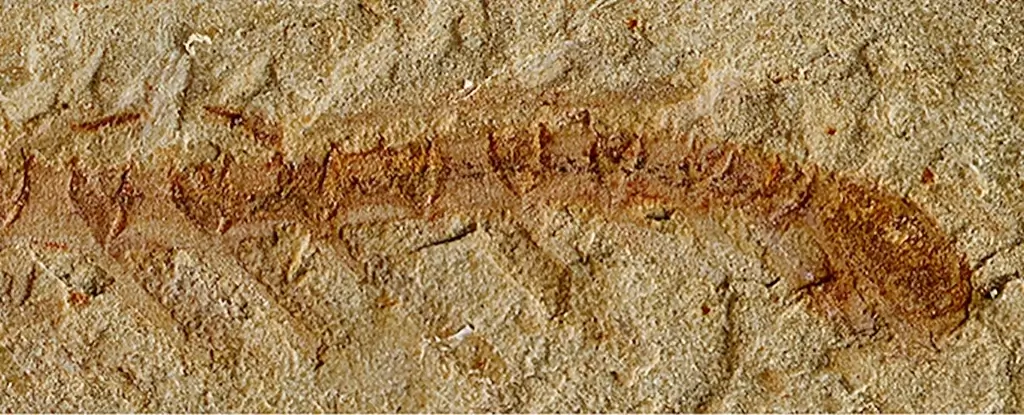
Against all expectations, the new group of researchers found both the brain and a large part of the nervous system in good condition. The result of the analysis of these components caused a furor in the scientific community, since it answered and clarified several doubts that existed about the evolution of arthropods.
2. European giant sea turtle (Leviathanochelys aenigmatica)
Among all the current species of sea turtles, there is none that exceeds 1.5 meters (5 feet) in length. That’s why it’s impressive to find the fossil remains of a specimen that exceeds 3.5 meters (11.5 feet). The scientific name of this new species is Leviathanochelys aenigmatica, it was discovered in northeastern Spain and is about 80 million years old.
So far, the largest known turtle is the extinct Archelon ischyros, which used to inhabit the waters of North America. It measured about 4.6 meters (15 feet) in length and is estimated to have lived in the Cretaceous period (75 to 65 million years ago).
3. A group of fossilized drowned frogs
In Germany, there’s an important paleontological site called Geiseltal that harbors many impressive fossils of ancient frogs (from 45 million years ago). Although it seems contradictory, the remains of these amphibians show no signs of serious injuries to explain their death. However, their abundance indicates that there was an event that killed them in a short period of time.
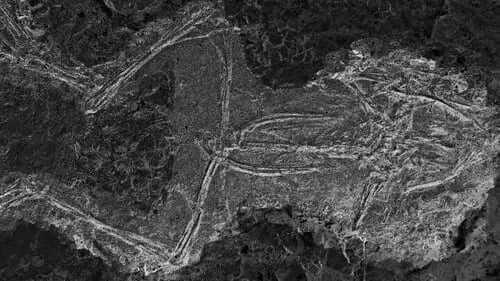
This group of frogs (almost 150 specimens) was discovered between 1930 and 1970, but specialists were unable to unravel the mystery of their death. It wasn’t until 2022 that some researchers carried out a more exhaustive study of the fossils, which provided an interesting answer to explain the phenomenon.
Amphibians (current and ancient) perform their fertilization externally in the water, so they need to be near or on top of their partner when they release their eggs. Due to competition, the males tend to crowd around the females to try to fertilize the eggs, which can become dangerous and even cause them to drown.
Although it seems a strange fact, the most likely explanation arrived at by the specialists is that this group of frogs went through a similar phenomenon. During their mating, the sheer number of males caused the females to drown and their bodies settled to the bottom of the body of water.
4. Last European panda
The giant panda (Ailuropoda melanoleuca) is a flagship species found only in China. It’s the only living Ursid of the subfamily Ailuropodinae, which means that it has no close relatives with similar characteristics around the world.
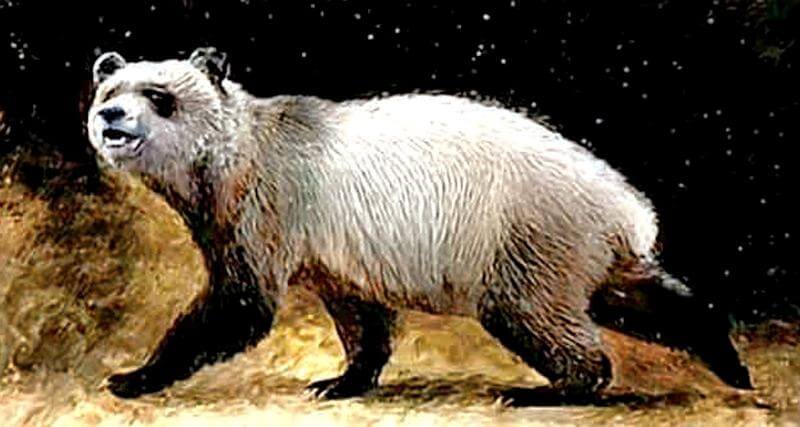
In 2022, a group of researchers discovered the dental fossil remains of an unknown Ursid in Bulgaria, with an age of about 10 million years. Thanks to their analysis, they classified this new species as Agriarctos nikolovi, an ancestor of today’s giant panda. This implies that it’s the last panda that lived in Europe before it was restricted to Asia.
5. Shark-like spiny fish
In 2022, the remains of a rare shark-like fish with spines on its fins and a bony dermal exoskeleton were discovered in China. The scientific name of this new and peculiar species is Fanjingshania renovata whose fossil is estimated to be about 439 million years old.
This specimen belongs to the class Acanthodii, a group of extinct fish also known as spiny dogfish. Its physical characteristics combine aspects of both chondrichthyans (cartilaginous fishes) and osteichthyans (bony fishes). They look quite bizarre, a truly incredible specimen.
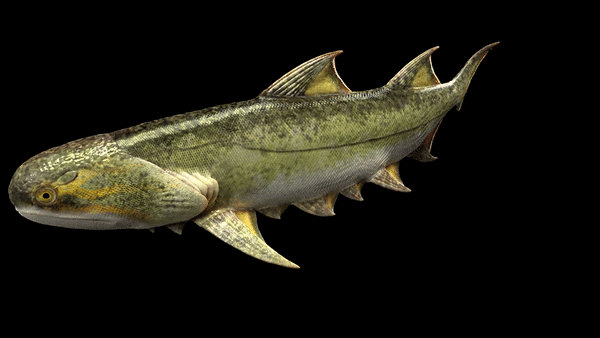
Contrary to what you might think, acanthodians aren’t the direct ancestors of today’s fishes, but are an independent group that shares the same common ancestor. This explains why it shares some physical characteristics with chondrichthyans and osteichthyans.
6. 3D reconstruction of Jurassic salamander
In 1970, a group of researchers collected a limestone sample from which the remains of a bone were protruding. Although it was clear that it was a fossil, more importance was given to other specimens. So, it was stored for later analysis, but over the years it was ignored and almost forgotten about.
Between 2016 and 2019, several specialists recovered fragments of what appeared to be a new amphibian species from the same area (Skye Island). However, they didn’t have larger or more complete remains that would allow them to reconstruct its appearance. It was at this point that they turned to the fossils in storage to complement the research.
When analyzing the limestone from more than 50 years ago, they realized that the fossil remains corresponded to the same species and were better preserved. Therefore, they decided to make a 3D model to digitally reconstruct its appearance and identify the new species.
The physical form of this amphibian, called Mamorerpeton wakei, largely resembles that of a salamander. It’s estimated to have appeared in the Jurassic period, almost 166 million years ago. It therefore belongs to the basal species of the group, which helps us to gain a broader perspective about the complicated evolutionary history of amphibians.
7. The oldest flowering plant
Flowering plants, also known as angiosperms, are a group characterized by seed-bearing fruits and easy dispersal. It’s estimated that they appeared in the Cretaceous period, but there are many questions about this because their diversification time doesn’t match.
Most of the ancient fossils of angiosperms have an approximate age of 125 million years. However, in 2022 the fossilized remains of a new species (Nanjinganthus dendrostyla) were discovered to be 175 million years old. This was the first specimen to belong to the Jurassic period, which means that flowering plants arose earlier than previously thought.
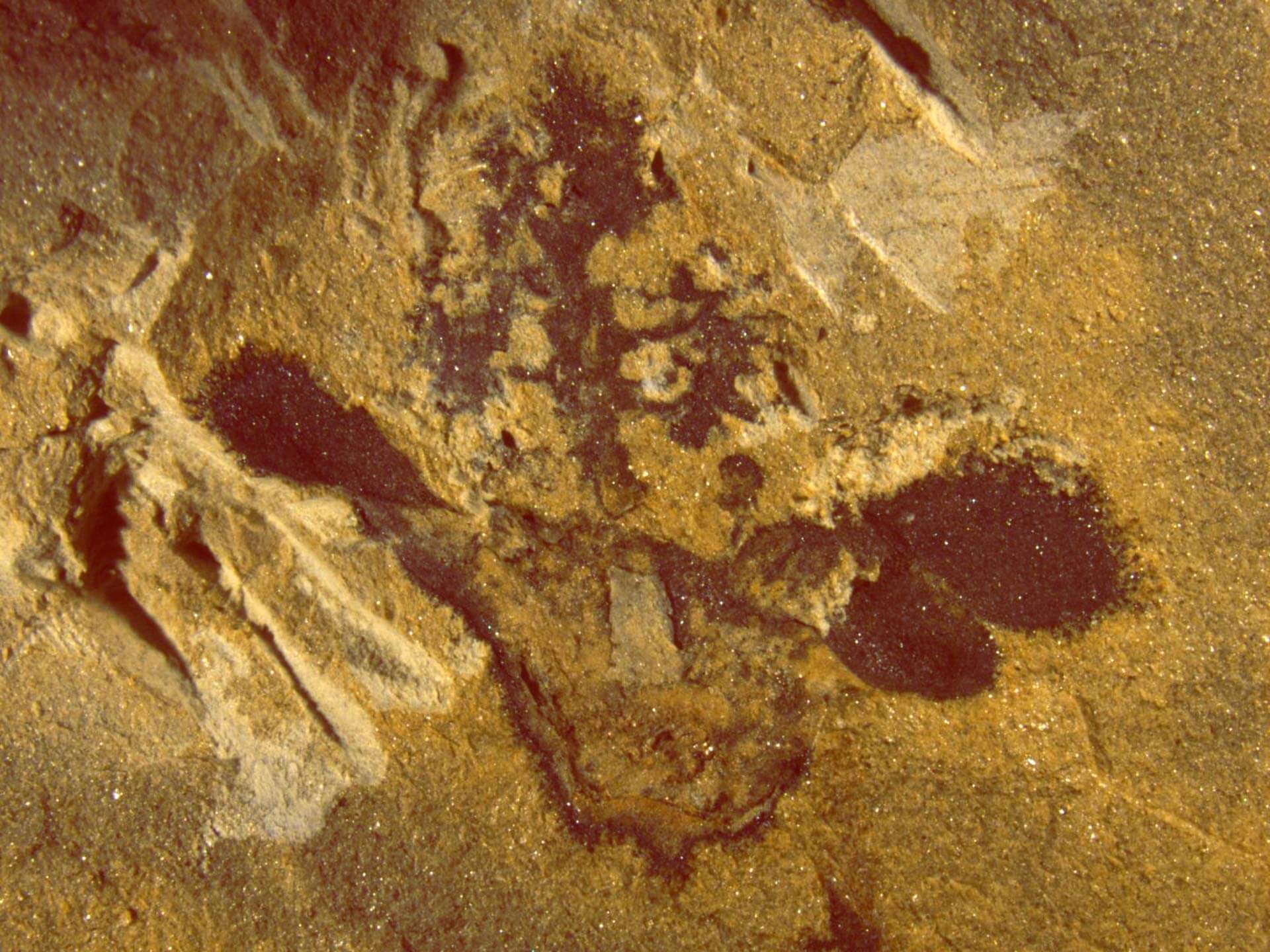
Of course, the fossil is quite simple and small. It measures 4.2 centimeters (just under 2 inches) long and 2 centimeters (just under an inch) wide. It has a single leaf and a small bulb at the apex, which corresponds entirely to its fruit. This structure is the most important, as it defines the taxonomic group it belongs to.
8. Impressive dragon fossils
In 1866, several impressive salamander-like fossils were discovered, which had an elongated head with horns, very similar to the mythical appearance of dragons. The only problem is that the appearance of these specimens appeared distorted, so it was impossible to identify the species.
At first, it was believed that these impressive fossils had been exposed to acidic soil that degraded the remains and deformed them. However, in 2022 a group of scientists found another explanation that seems more convincing for the case.
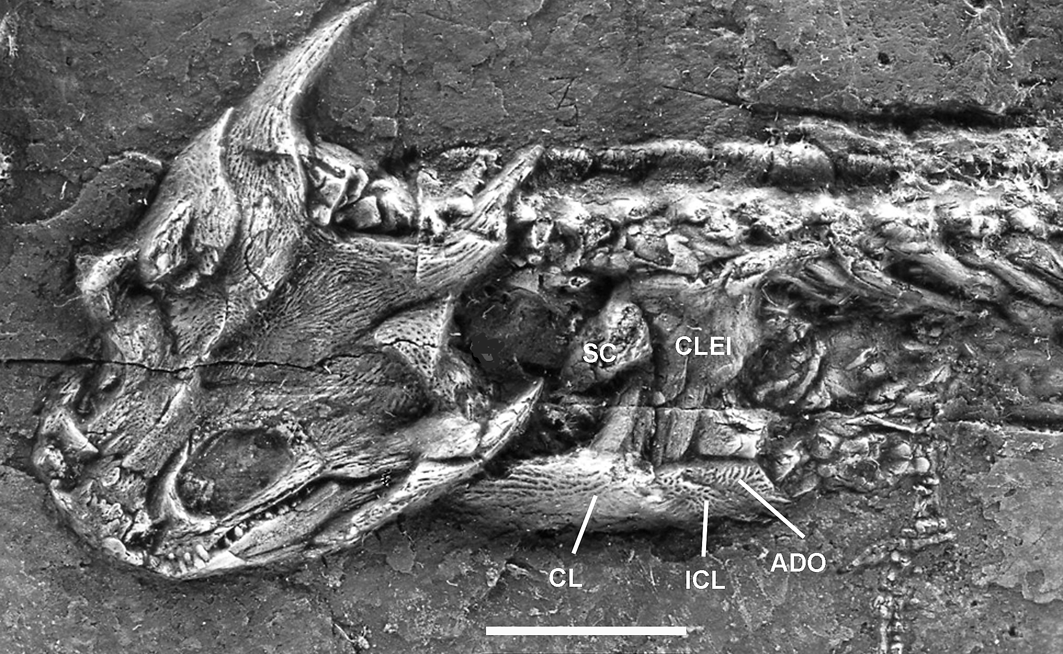
The fossilized specimens are about 300 million years old, which coincides with the time of the formation of Pangaea. This means that the deformation was a direct consequence of the pressure and high temperature caused by the collision of the continents.
9. Romanian turtle
At the end of the Cretaceous period, dinosaurs became massively extinct due to different climatic factors and the theoretical impact of a meteorite. Few reptile species survived this event, so it’s rare to find current descendants of their lineage.
In 2022, the fossil of a freshwater turtle that lived 70 million years ago was discovered. A thorough analysis determined that this new species (Dortoka vremiri) was related to more modern fossils, suggesting that it survived the Cretaceous mass extinction.
Against all odds, this turtle was able to cope with the climatic changes and the assumed meteorite impact of the time. Some specialists believe that this was only possible because its distribution was associated with islands far from the continental mass. Therefore, it didn’t suffer the direct effects of the mass extinction event and survived with relative ease.
10. Fish fossil found on a farm
Fossils are hard to find and can sometimes turn up in the least expected places. A farm in England is the best example of this, as one of the best preserved fossilized fish remains ever reported was found in its grounds.
On the outskirts of Gloucestershire, a group of researchers discovered more than 180 Jurassic fossils of different species in the pastures of a farm near the Costwold Mountains. Among all of them, the remains of a fish of the genus Pachycormus stood out, which was in an almost perfect state of preservation. In fact, it was possible to observe the fossil in 3D as if it were a dissected being.
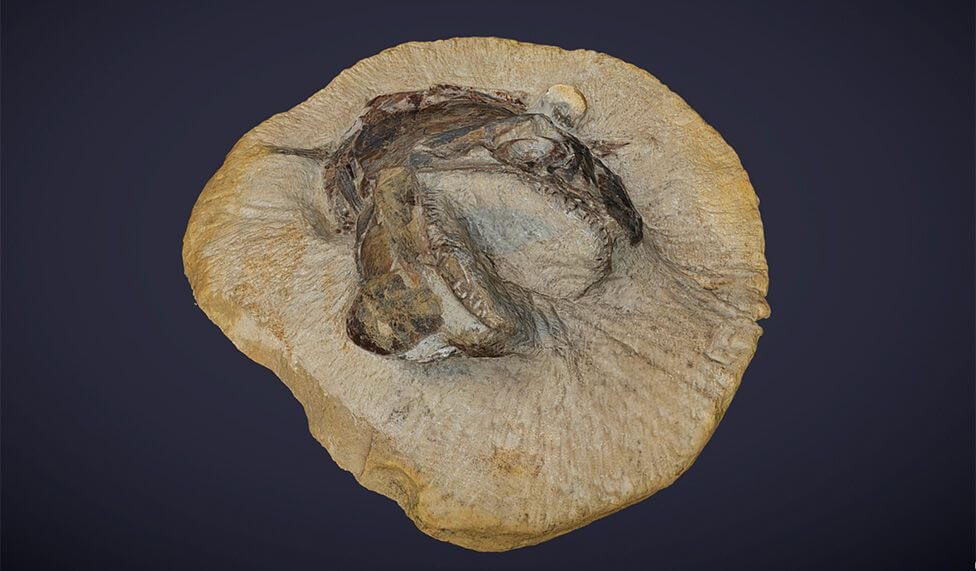
Usually, fossils preserve only some parts of the hardest body tissues. However, in this case, it seems that its entire external appearance was almost completely preserved, so that the details are quite sharp and perceptible in the rock.
Fossils are one of the few ways researchers have to learn about life that existed thousands or millions of years ago. For this reason, the discovery of these remains is always fascinating news that attracts the attention of many people. Of course, there are still many species to be discovered, so it’s likely that new and even more impressive types of fossils will appear in the coming years.
All cited sources were thoroughly reviewed by our team to ensure their quality, reliability, currency, and validity. The bibliography of this article was considered reliable and of academic or scientific accuracy.
- Strausfeld, N. J., Hou, X., Sayre, M. E., & Hirth, F. (2022). The lower Cambrian lobopodian Cardiodictyon resolves the origin of euarthropod brains. Science, 378(6622), 905-909.
- Castillo-Visa, O., Luján, À. H., Galobart, À., & Sellés, A. (2022). A gigantic bizarre marine turtle (Testudines: Chelonioidea) from the Middle Campanian (Late Cretaceous) of South-western Europe. Scientific Reports, 12(1), 18322.
- Falk, D., Wings, O., & McNamara, M. E. (2022). The skeletal taphonomy of anurans from the Eocene Geiseltal Konservat‐Lagerstätte, Germany: insights into the controls on fossil anuran preservation. Papers in Palaeontology, 8(4), e1453.
- Jiangzuo, Q., & Spassov, N. (2022). A late Turolian giant panda from Bulgaria and the early evolution and dispersal of the panda lineage. Journal of Vertebrate Paleontology, 42(1), e2054718.
- Andreev, P. S., Sansom, I. J., Li, Q., Zhao, W., Wang, J., Wang, C. C., … & Zhu, M. (2022). Spiny chondrichthyan from the lower Silurian of South China. Nature, 609(7929), 969-974.
- Jones, M. E., Benson, R. B., Skutschas, P., Hill, L., Panciroli, E., Schmitt, A. D., … & Evans, S. E. (2022). Middle Jurassic fossils document an early stage in salamander evolution. Proceedings of the National Academy of Sciences, 119(30), e2114100119.
- Fu, Q., Diez, J. B., Pole, M., Garcia Avila, M., Liu, Z. J., Chu, H., … & Wang, X. (2018). An unexpected noncarpellate epigynous flower from the Jurassic of China. Elife, 7, e38827.
- Gogáin, A. Ó., O’Sullivan, G., Clements, T., Hoare, B. C., Murray, J., & Wyse Jackson, P. N. (2022). Metamorphism as the cause of bone alteration in the Jarrow assemblage (Langsettian, Pennsylvanian) of Ireland. Palaeontology, 65(6), e12628.
- Augustin, F. J., Csiki-Sava, Z., Matzke, A. T., Botfalvai, G., & Rabi, M. (2021). A new latest Cretaceous pleurodiran turtle (Testudinata: Dortokidae) from the Haţeg Basin (Romania) documents end-Cretaceous faunal provinciality and selective survival during the K-Pg extinction. Journal of Systematic Palaeontology, 19(15), 1059-1081.
This text is provided for informational purposes only and does not replace consultation with a professional. If in doubt, consult your specialist.